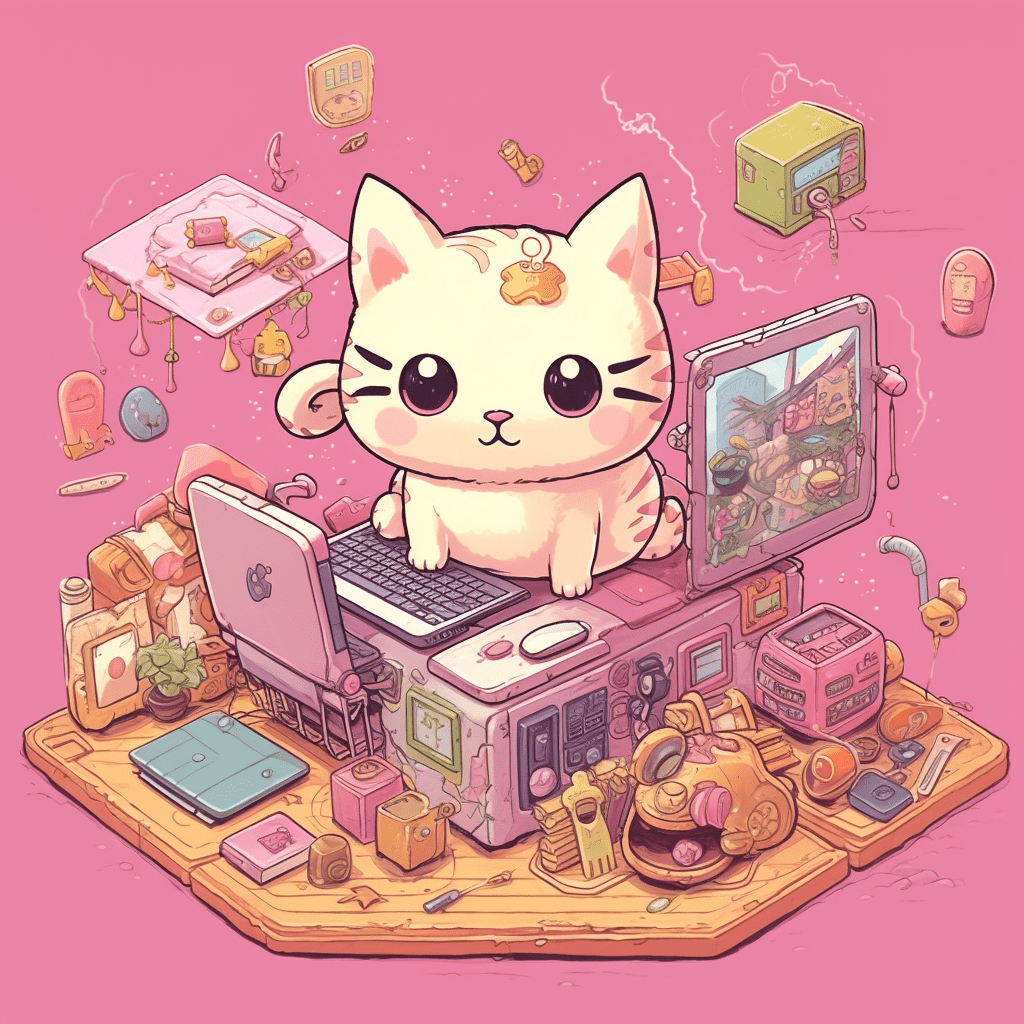
As NFTs (non-fungible tokens) continue to gain popularity, more people are wondering whether they should create their own digital assets. One common question that arises is, “does it cost money to make an NFT?” The simple answer is yes, creating an NFT involves some costs, but the process can be affordable depending on the platform and blockchain you choose.
Minting an NFT: Associated Costs
Minting is the process of creating an NFT and registering it on a blockchain. When you mint an NFT, you’re essentially creating a unique digital asset and associating it with a specific digital file, such as an image, video, or piece of music. The minting process involves a few expenses, which we’ll discuss below.
Gas Fees
One of the most significant costs associated with creating an NFT is gas fees, which are essentially transaction fees on blockchain networks like Ethereum. When you create a new NFT, you’re performing a transaction on the blockchain, and you’ll need to pay gas fees for that transaction to be processed and recorded. These fees can vary widely depending on the network’s congestion and the demand for processing transactions at any given time.
It’s worth noting that the gas fees on the Ethereum network, which is the most popular blockchain for NFTs, can be quite high at times. However, other blockchains such as Binance Smart Chain, Flow, and Tezos offer lower transaction fees, making it more affordable to mint NFTs on those networks.
Platform Fees
Many NFT marketplaces and platforms offer minting services, and some of them charge fees for their services. Some popular NFT marketplaces, like OpenSea and Rarible, allow users to create NFTs directly on their platforms, with varying degrees of fees involved. Depending on the user base and features offered by a specific platform, these fees can be either a flat rate or a percentage of the sale price of the NFT.
Royalties
When creating an NFT, it’s also common to set up royalty fees, which are a percentage of the sale price that the original creator receives when the NFT is re-sold in the future. Royalties are not a minting cost per se, but they play an essential role in the lifecycle of an NFT and serve as an additional source of income for artists and creators.
Tips for Cost-Effective NFT Creation

To minimize the costs associated with creating an NFT, you can take the following steps:
- Choose a cost-effective blockchain: Although Ethereum is the most popular blockchain for NFTs, it’s also known for high gas fees. Explore alternatives like Binance Smart Chain, Flow, or Tezos, which offer lower transaction fees.
- Research the platform fees: Before choosing an NFT marketplace or platform to create your NFT, compare the fees associated with different platforms. Some platforms charge a flat fee, while others require a percentage of the NFT sale price.
- Time your NFT creation: Gas fees can be highly volatile, so consider creating your NFT during periods of lower gas prices to save on transaction costs.
- Bundle multiple NFTs: If you plan to create multiple NFTs, consider bundling them together to reduce the overall transaction fees, as this may result in lower costs across the board.
In conclusion, it does cost money to create an NFT, with the primary expenses being gas fees and platform fees. However, by choosing an affordable blockchain, comparing platform fees, and timing your NFT creation wisely, you can create a unique digital asset without breaking the bank. As the NFT market continues to grow and evolve, more cost-effective options for creating NFTs are likely to emerge, making it more accessible for creators and artists worldwide.
Exploring NFT Minting Tools and Processes
Now that we know it does cost money to make an NFT, it’s essential to understand the different options and methods for minting NFTs on various platforms. These tools and processes vary in terms of user-friendliness, cost, and the amount of technical knowledge required. Below are some popular NFT minting options:
OpenSea
OpenSea, one of the most prominent NFT marketplaces, offers users a straightforward method to create NFTs without any coding experience. Users can mint their digital assets directly on the platform by following a few simple steps, customizing metadata and royalties during the process. While OpenSea primarily operates on the Ethereum network, they have recently introduced support for other blockchains, such as Polygon, which boasts lower transaction fees.
Rarible
Rarible is another user-friendly platform for minting NFTs, offering a similar experience to OpenSea. Creators can generate their digital assets and set royalties using an intuitive interface while benefiting from Rarible’s community-driven nature. However, Rarible currently focuses on the Ethereum network, meaning creators may contend with higher gas fees.
Custom Smart Contracts
Creators with more technical knowledge and programming skills may opt to code their own smart contracts for NFT creation, providing them with full control over the minting process. By writing a custom smart contract, artists can directly deploy their NFTs on the blockchain of their choice, reducing or eliminating platform fees. However, this option requires understanding of blockchain technology and programming languages like Solidity or Rust, depending on the blockchain being used.
Decentralized Applications (dApps)
Some decentralized applications, such as Cargo or Mintbase, focus on enabling NFT minting for creators who want to avoid the gas fees associated with the Ethereum network. These dApps utilize alternative blockchains and offer unique features, such as batch minting for creating multiple NFTs simultaneously. While these options may save on gas fees, they may also lack the user base and visibility provided by larger platforms like OpenSea.
Understanding the Full Picture

When deciding whether to create an NFT, it’s essential to consider all factors before investing time and money. While the answer to the question, “does it cost money to make an NFT?” is generally yes, the costs can be manageable and justified by the potential value held within the digital asset. In addition, by exploring various platforms, tools, and blockchains, creators can find cost-effective solutions that meet their needs and preferences.
In summary, creating an NFT does involve costs, primarily in the form of gas fees on the blockchain and platform fees charged by NFT marketplaces. However, by researching different platforms and tools, exploring alternative blockchains, and optimizing the minting process, artists can create NFTs without significant financial sacrifice. As the NFT landscape continues to grow and evolve, new and innovative ways to create digital assets will emerge, enabling more creators to participate in this exciting and groundbreaking market.
